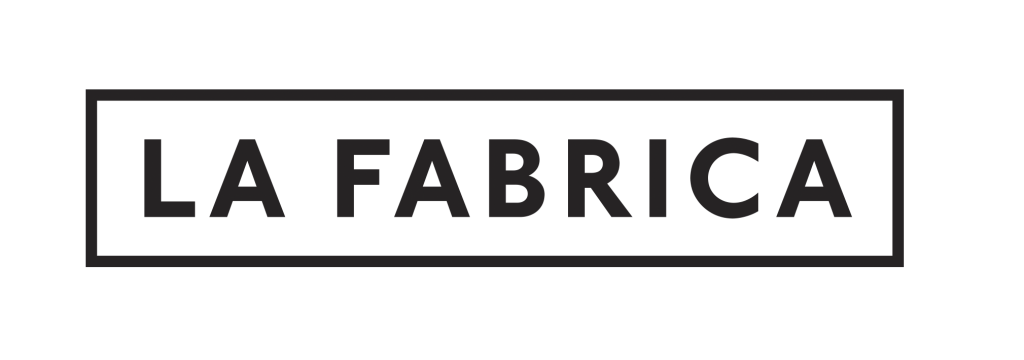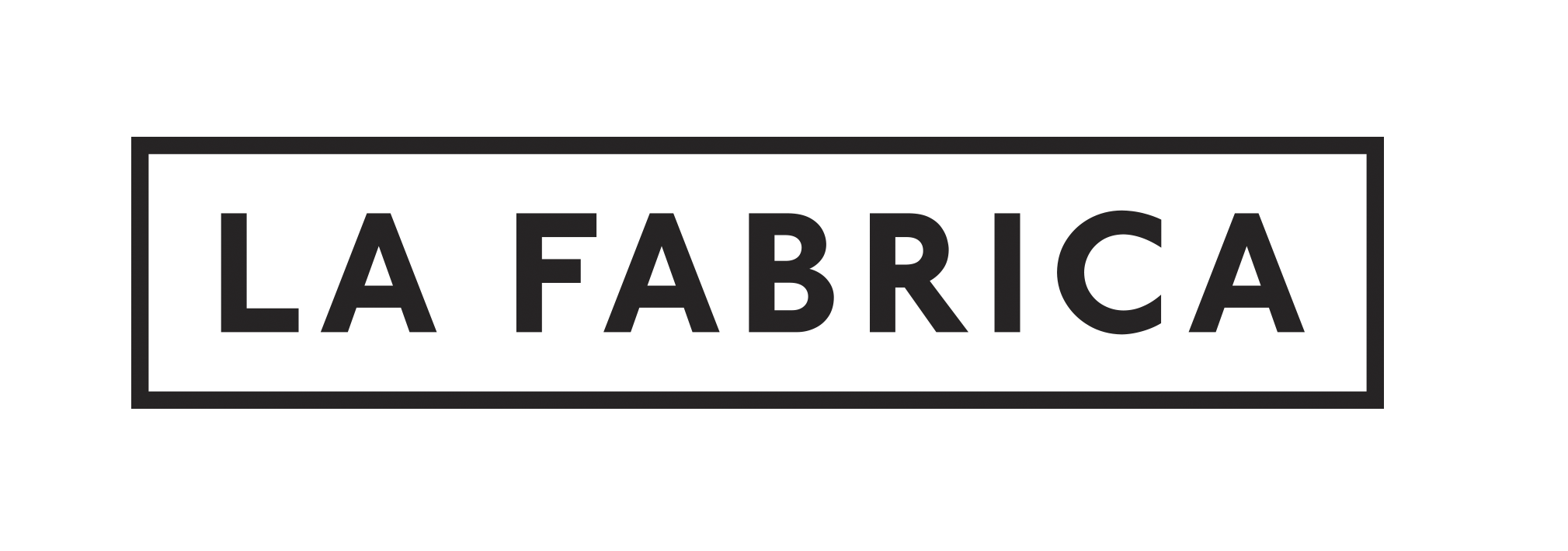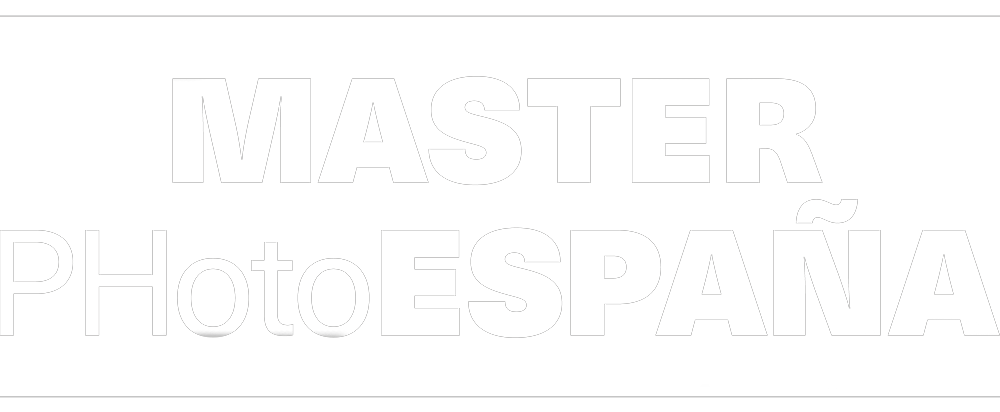The official theme of PhotoEspaña section 2014, focused on Spanish photography, includes this edition three exhibitions organized by Fundación Banco Santander. Círculo de Bellas Artes in Madrid hosts two collective exhibitions, Photography 2.0 and the individual show by Josep Renau, The American Way of Life.
La Palangana was a photography collective formed in 1959 by members of Madrid’s Real Sociedad Fotográfica, friends sharing similar aesthetic and theoretical convictions. Their chief aim was to move away from the academic, pictorialist criteria by which photography was judged at the time, and at the same time to construct a faithful record of contemporary Spain in images. With this in mind, they worked primarily on the outskirts of the city and in villages – an attitude considered eccentric if not downright subversive. Though varying in their approach, these photographers laid the foundations of what today might be termed Spanish Neorealism; together with other leading names, they formed the so-called Madrid School.
The founder members of La Palangana – Leonardo Cantero, Gabriel Cualladó, Francisco Gómez, Ramón Masats, Francisco Ontañón and Joaquín Rubio Camín – were joined at later stages by Fernando Gordillo, Gerardo Vielba, Juan Dolcet and Sigfrido de Guzmán. Later, some founder members abandoned the project. The group was named after a photograph by Francisco Ontañón, on display in the exhibition, showing portraits of the six founder members placed in a basin (palangana in Spanish) used for developing-fluid. The exhibition focuses on this crucial, yet neglected, episode in the history of Spanish photography, providing a representative sample of the group’s work.
Photography 2.0
The earliest photographers grew up in the visual culture of painting; later generations took cinema – and then TV – as their visual reference. Now Internet has burst onto the scene as a universe that shapes contemporary perspectives. A universe characterised by an endless flow of images.
This mass production of photographs may be regarded as an effect of post-capitalism and globalization, prompted by a succession of technological and cultural innovations. The new context has rewritten the rules of the image game. The values of “solid” photography underpinned by the techno-scientific culture and the industrial economy of the nineteenth century have been replaced by those of “liquid” photography, based on the virtual culture and information economies of the twenty-first century.
Photography 2.0 focuses on these changes through an examination of the situation in Spain, where a whole new wave of young photographers are currently engaged in a critical appraisal of the new situation. The exhibition comprises three sections. The first addresses the banalisation of the photographic act, the cortex of reality shows, unbridled voyeurism and loss of privacy. The second session looks at formulations of social identity, biographical narratives and personal fictions, in the light of new digital tools. The final section explores the “technological unconscious” of post-photography, the accidents and fissures that are artistically recycled to provide an innovative aesthetic vocabulary.
Josep Renau. The American Way of Life
The Valencian artist Josep Renau was a remarkable exponent of the photomontage technique. His links with the Communist Party, dating back to 1931, together with his political views and the influence of art movements such as Expressionism, Dadaism and Surrealism, led him to the conviction that art should be used as a revolutionary weapon.
After the Spanish Civil War, he went into exile in Mexico; it was there, influenced by the proximity of the United States, that he started work on his series Fata-Morgana. USA – The American Way of Life. The series—a criticism of the Cold War, capitalism, racism and militarism, heavily influenced by the German artist John Heartfield—sought ultimately to improve man’s living conditions. This exhibition brings together the whole series of 69 pieces, highlighting a project that, far from becoming dated, has taken on new relevance today; both as a reflection of the current socioeconomic crisis and as a meditation on the social function of art and culture.
Josep Renau (1907– 1982), a graduate of the San Carlos School of Fine Arts, was the founder and director of Nueva Cultura and joint director of Verdad. As the Director General for Fine Arts, he was responsible for safeguarding Spain’s artistic heritage during the Civil War. In 1937 he was involved in organising the Spanish Pavilion for the International Exhibition in Paris, for which he commissioned Guernica from Picasso. In 1958, after years of exile in Mexico, he settled in East Berlin, where he lived until his death. He did not return to Spain until the general amnesty of 1976.
